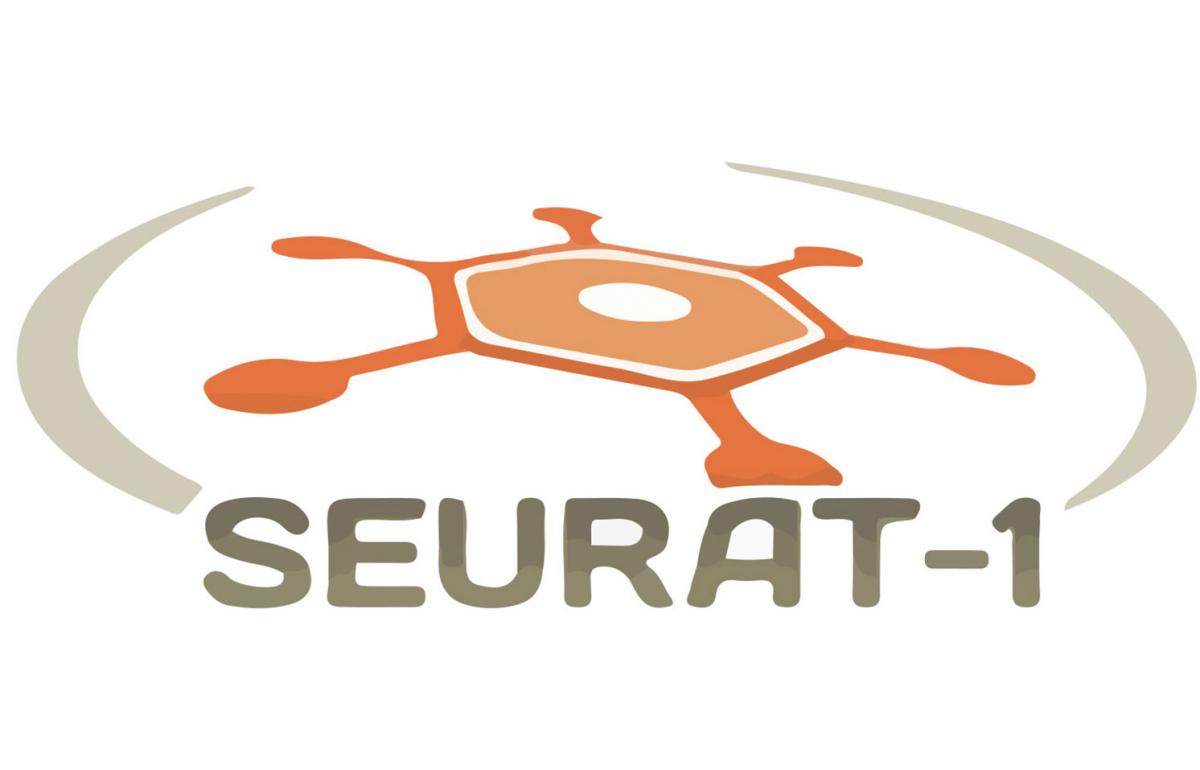Animals are traditionally used for hazard identification, safety testing or disease modelling in pharmaceutical, (agro)chemical, food and environmental industry laboratories. Though in vivo tests give an insight into systemic effects of chemicals, the physiological differences between animals and man can undermine extrapolation of animal data to the human system. Human-relevant organoid in vitro systems that mimic human physiology are a novel solution to this problem and provide a new basis for in vitro-in vivo extrapolation (IVIVE).
Static human 3D cell culture models mimic human biology at a more physiological level than traditionally used 2D cell cultures. They add value to predictive toxicology but still do not fully emulate systemic human biology in vitro. Recent advanced microfabrication techniques enable the development of microfluidic ‘organ-on-a-chip’ or even ‘human-on-a-chip’ devices. These promise to emulate relevant aspects of single organ functionand interaction among organs on a microphysiological scale, enabling a new level of physiologically relevant assays.
This Information Day brings together renowned experts in the field to inform about the status quo, promises and current shortcomings of microphysiological systems.
Dr. Mardas Daneshian (CEO)
Center for Alternatives to Animal Testing-Europe
For more detailed information please open this file.

Sara holds the esteemed position of Lead Publisher at SEURAT, overseeing the curation and dissemination of content centered on health and ethical consumer choices. With her rigorous editorial standards and an acute understanding of the health supplement industry, she ensures the delivery of accurate, insightful, and relevant information to the platform’s discerning audience. Her commitment to promoting cruelty-free practices has solidified the website’s reputation as a trusted source for professional and ethical insights in the sector.
